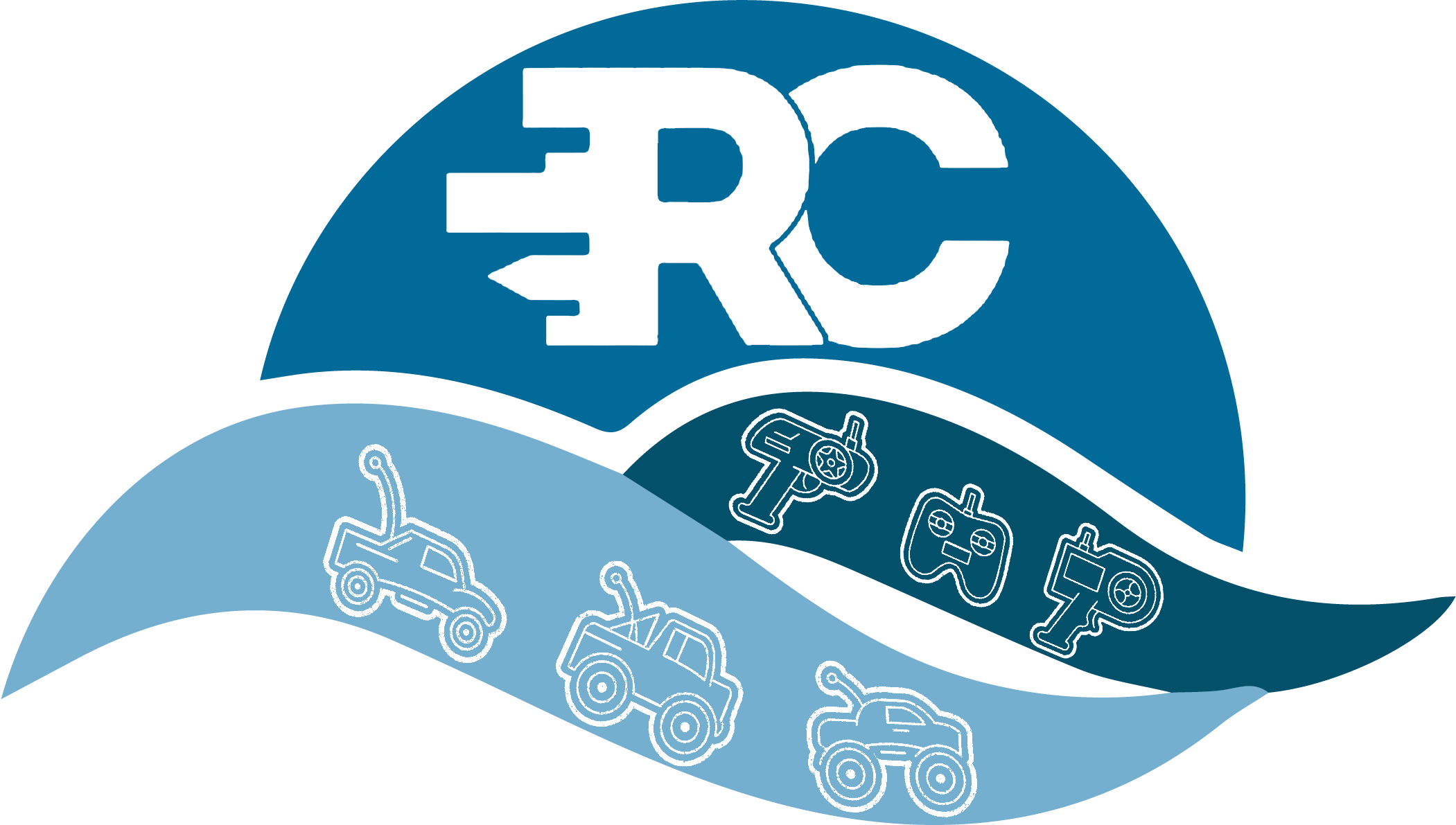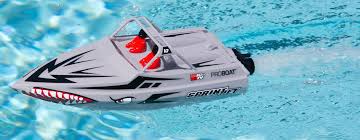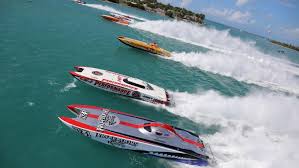Hello everyone! The most important factor in a boat is Waterproof. Today I’ll tell you the importance of Waterproofing Your RC Boat. I’ll give you some best models that are Waterproof and some Essential tips you might need. Hope you will find all the information you might need in this article, so you won’t have to look any further. Let’s get started.
Table of Contents
Introduction
Remote-controlled (RC) boating is an exhilarating hobby enjoyed by enthusiasts around the world. The thrill of speeding across water, maneuvering through waves, or showcasing the craftsmanship of scale models brings endless excitement. However, the longevity and performance of an RC boat heavily depend on one crucial factor—waterproofing.
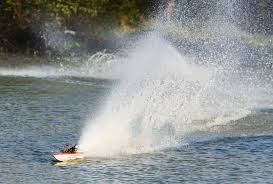
Even though RC boats are designed for water-based activities, their internal components are highly susceptible to water damage if not adequately protected. Without proper waterproofing your RC boat, electronics such as the receiver, motor, speed controller, and servos can be compromised, resulting in poor performance or costly repairs. In this guide, we’ll dive deep into why waterproofing your RC boat is essential, how to effectively waterproof your boat, and we’ll also recommend some popular RC boats that come with built-in waterproofing features.
Why Waterproofing Your RC Boat is Crucial
While RC boats are crafted to function on water, it’s critical to remember that water entering sensitive areas can cause significant damage. Here’s why waterproofing is essential:
1. Protecting Electrical Components
RC boats have intricate electrical systems that include motors, electronic speed controllers (ESC), receivers, and servos. These components are critical to controlling the boat’s movement and speed. Water exposure to these systems can lead to short circuits, corrosion, and permanent damage.
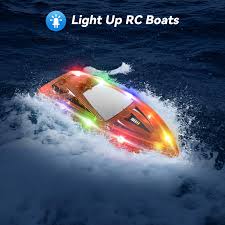
2. Preventing Motor Damage
Water entering the motor, particularly saltwater, can cause rapid rusting and degradation. Over time, this reduces the motor’s efficiency and lifespan. Waterproofing protects the motor, ensuring it runs smoothly for a long time.
3. Avoiding Battery Damage
If water penetrates the battery compartment, it can cause the battery to short-circuit, overheat, or even explode. Additionally, wet battery connections can lead to poor power delivery, affecting the boat’s performance.
4. Maintaining Hull Integrity
The boat’s hull acts as the first line of defense against water. However, tiny cracks or gaps in the hull can allow water to seep inside, which can degrade the boat’s performance and cause it to sink. Waterproofing your hull ensures the integrity of the boat’s exterior and prevents leaks.
5. Enhancing Buoyancy and Performance
Excess water inside the boat can disrupt its weight balance and reduce its speed and agility. Waterproofing keeps water out of the hull, allowing the boat to maintain optimal buoyancy and control, leading to better overall performance.
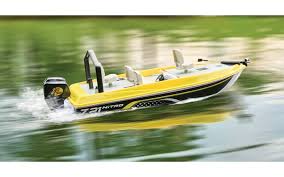
Common Risks of Not Waterproofing Your RC Boat
When RC boats aren’t properly waterproofed, the risks are severe. Below are some of the common issues that arise:
- Short-Circuiting: Water in the boat’s electronic components can immediately cause short circuits, leading to the failure of critical systems such as steering, throttle, or propulsion.
- Corrosion: Metal parts, including the motor and connectors, are particularly prone to rust and corrosion when exposed to water—especially saltwater. Corroded components may require expensive repairs or replacements.
- Loss of Control: If water enters the boat and affects the receiver, servos, or ESC, it can lead to erratic behavior or loss of control, potentially causing crashes or submersion. Waterproofing your RC boat is essential.
- Decreased Speed and Maneuverability: A boat that takes on water becomes heavier and less responsive. Over time, this reduces its speed, agility, and overall performance on the water.
Effective Waterproofing Techniques for RC Boats
Waterproofing your RC boat involves a combination of techniques and materials designed to protect both the internal electronics and the hull. Below are the most effective ways to waterproof your boat:
1. Sealing the Hull
The hull is your boat’s primary defense against water infiltration. To ensure it remains watertight:
- Waterproof Epoxy: Apply waterproof epoxy on wooden or fiberglass hulls to seal any cracks or gaps. This is especially important for scale models that may have intricate detailing.
- Silicone Sealant: Use silicone around areas where the hull meets other parts of the boat, such as hatches, joints, and motor mounts. Silicone is flexible and provides a strong waterproof seal.
- Inspection and Maintenance: Regularly inspect the hull for cracks or signs of wear and reapply sealants as necessary to maintain waterproof integrity.

2. Protecting the Electronics
The internal electronics, including the receiver, ESC, and servos, are the most vulnerable to water damage. To protect them:
- Waterproofing Boxes or Balloons: Place the receiver, ESC, and other sensitive electronics inside waterproof enclosures or balloons. These act as barriers that prevent water from reaching the components.
- Conformal Coating: Apply conformal coating to circuit boards to shield them from moisture. This thin, protective layer ensures that water doesn’t short-circuit the system.
3. Waterproofing the Motor
Both brushed and brushless motors are susceptible to water damage. While brushless motors are generally more resistant to water, it’s still important to protect them:
- Marine-Grade Motors: Use marine-grade motors that are designed for wet environments. These motors are typically sealed and can handle brief water exposure.
- Motor Cooling Systems: For high-performance RC boats, consider adding a water-cooling system. This helps regulate the motor’s temperature while keeping water out.
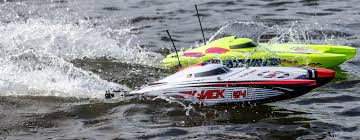
4. Sealing the Battery Compartment
Water inside the battery compartment can lead to severe damage, including short-circuiting or explosions. To prevent this:
- Waterproof Battery Boxes: Use a waterproof battery box or compartment to protect the battery from water exposure. These boxes are designed with gaskets to ensure a watertight seal.
- Rubber Gaskets: Install rubber gaskets around the edges of the battery compartment for added protection. Gaskets create an extra layer of sealing, preventing water from entering even in rough conditions.
5. Test for Leaks
After waterproofing your boat, it’s important to test for any leaks before heading out on the water:
- Shallow Water Test: Place your boat in a shallow pool or container of water and observe for a few minutes. Check inside the hull for any water. If you find any, identify the entry points and reseal them.
- Submersion Test: For boats designed for rough water conditions, partially submerge the boat (without electronics) and check for bubbles or leaks.
Recommended RC Boats with Waterproof Features
For those looking for models that come with built-in waterproof features, here are some top recommendations. These boats are designed with waterproofing in mind, offering protection for both the hull and internal components.
1. Traxxas Spartan

The Traxxas Spartan is one of the most popular high-speed waterproofing your RC boat available. It comes equipped with a waterproof ESC, receiver, and motor. With a powerful Velineon 540XL brushless motor, the Spartan is built for both speed and durability, reaching speeds of over 50 mph. Its water-cooling system ensures optimal motor performance, even in extreme conditions.
- Waterproof Features: Waterproof electronics, marine-grade motor, water-cooling system, sealed battery compartments.
- Best For: High-speed racing, rough water conditions.
2. Pro Boat Stealthwake 23

The Pro Boat Stealthwake 23 is a great option for those who enjoy power and precision on the water. It features a brushed 550 motor and comes with waterproof servos and ESC. This model is designed for freshwater environments and delivers stable performance at moderate speeds.
- Waterproof Features: Waterproof ESC and servos, sealed hull.
- Best For: Beginners, calm waters, scale boating enthusiasts.
3. Atomik Barbwire 2

The Atomik Barbwire 2 is a small, fast RC boat that features a brushless motor, waterproof electronics, and a water-cooled system. It’s designed for speed but also offers excellent waterproof protection, making it ideal for hobbyists who want to push their boat to its limits without worrying about water damage.
- Waterproof Features: Waterproof ESC and receiver, water-cooled motor.
- Best For: High-speed performance, intermediate to advanced users.
4. AquaCraft Rio 51Z

For those who prefer larger, gas-powered RC boats, the AquaCraft Rio 51Z is a fantastic choice. While gas-powered boats are inherently more waterproof due to their design, the Rio 51Z comes with added protection for electronics, as well as a fully sealed hull. This boat is perfect for experienced users who enjoy long-distance sailing or racing.
- Waterproof Features: Sealed electronics compartment, marine-grade materials.
- Best For: Long-distance sailing, experienced hobbyists.
5. Pro Boat Blackjack 24

The Pro Boat Blackjack 24 is another solid choice for those who love speed on the water. This model is designed with a waterproofing your RC boat receiver and servo, ensuring its critical electronics stay safe even in rough waters. Its sleek design and high-performance motor make it one of the best RC boats for intermediate users.
- Waterproof Features: Waterproof ESC, receiver, and servo.
- Best For: Intermediate users, high-speed racing, rough water conditions.
Waterproofing for Different Water Environments
Waterproofing your RC boat must be tailored to the environment you plan to operate it in. Here’s how to adjust your approach:
1. Freshwater
In ponds, lakes, and rivers, freshwater is less corrosive, but your boat is still at risk of water ingress. Use standard waterproofing techniques, ensuring that your electronics and battery compartments are protected.
2. Saltwater
Saltwater is far more corrosive than freshwater and poses a greater risk to your boat. Extra care must be taken when operating in saltwater environments:
- Rinse After Use: Always rinse your boat with fresh water after running in saltwater to remove any corrosive salt residue.
- Use Marine-Grade Components: Opt for marine-grade motors, electronics, and materials to resist corrosion.
3. Rough Waters
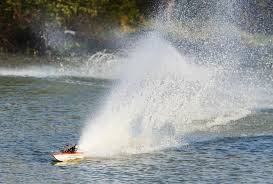
If you enjoy sailing in rough conditions, your boat will be exposed to higher risks of water ingress. Ensure all seals are reinforced, and consider using additional sealant around vulnerable areas like the hatch and battery compartment.
Regular Maintenance and Long-Term Care for Waterproofing
Waterproofing your RC boat is not a one-time task; it requires regular maintenance. Over time, seals can degrade, and water can seep through the hull. Here’s how to keep your boat properly waterproofed:
- Inspect Seals Regularly: After every use, check for cracks or wear in the silicone seals and reseal any weak points.
- Dry the Boat After Use: Always dry your boat thoroughly after use, paying particular attention to the battery compartment and electronic components.
- Reapply Waterproofing Materials: Silicone sealant and epoxy can wear down over time. Reapply these materials as needed to maintain optimal protection.
Conclusion
Waterproofing your RC boat is essential for protecting your investment and ensuring long-lasting enjoyment on the water. From sealing the hull to protecting sensitive electronics, taking the time to waterproof your boat will save you from costly repairs and keep your boat performing at its best.
Whether you’re a casual hobbyist or a competitive racer, following these waterproofing techniques will help ensure that your waterproofing your RC boat remains in top condition, ready to tackle any water adventure. With a wide range of boats available that come with built-in waterproofing features, choosing the right model will further enhance your RC boating experience. For more information check out my website.
